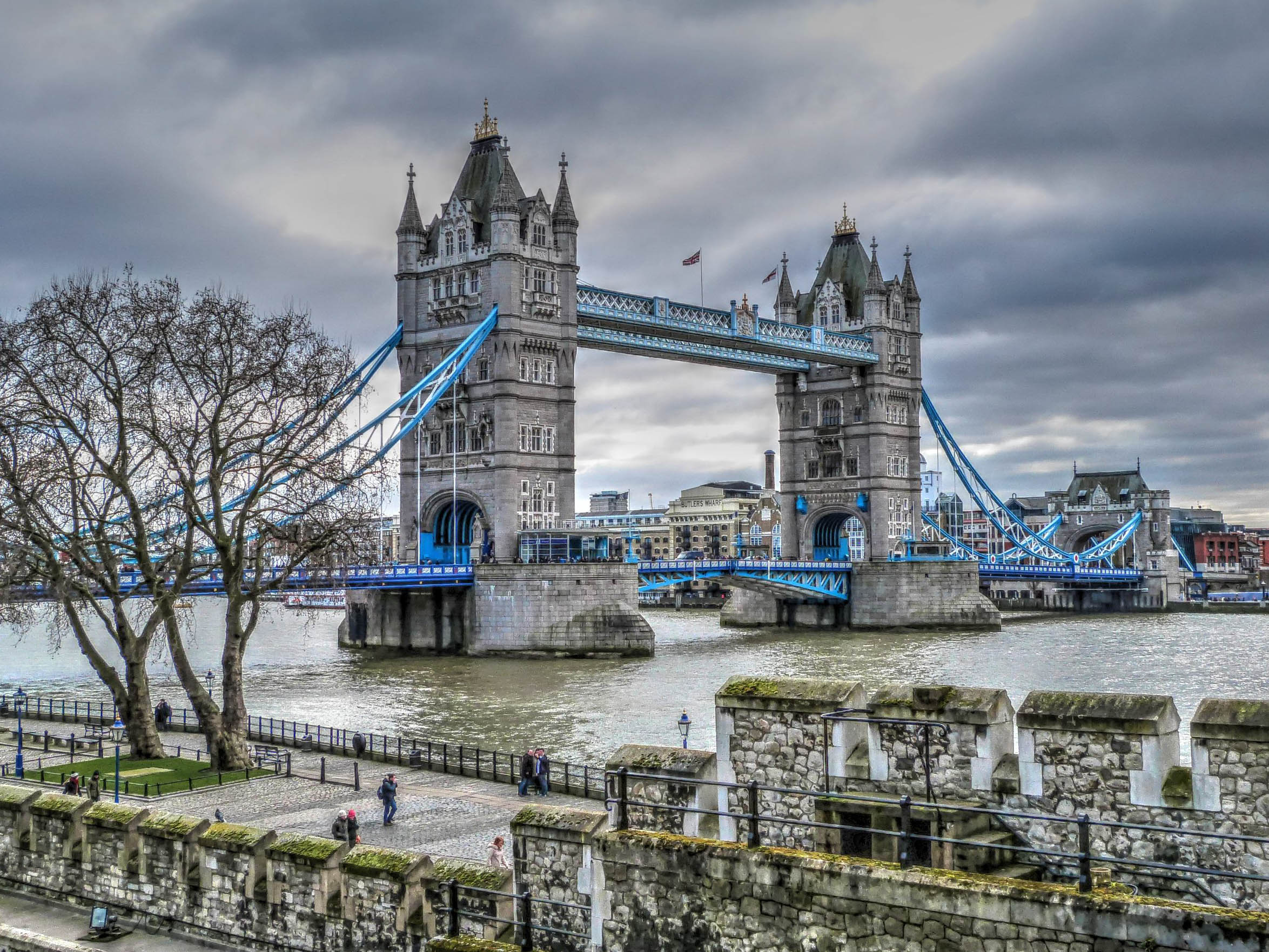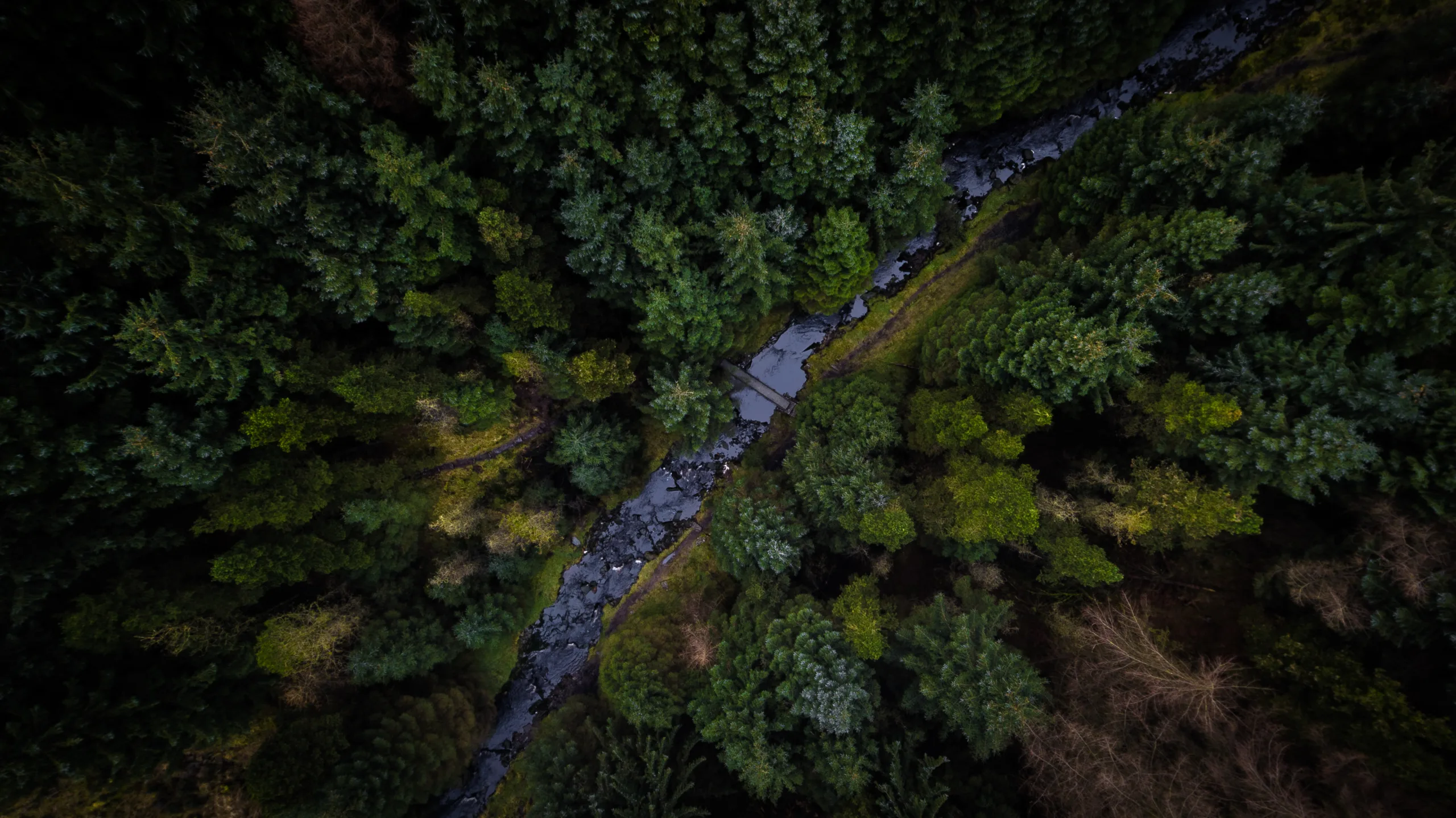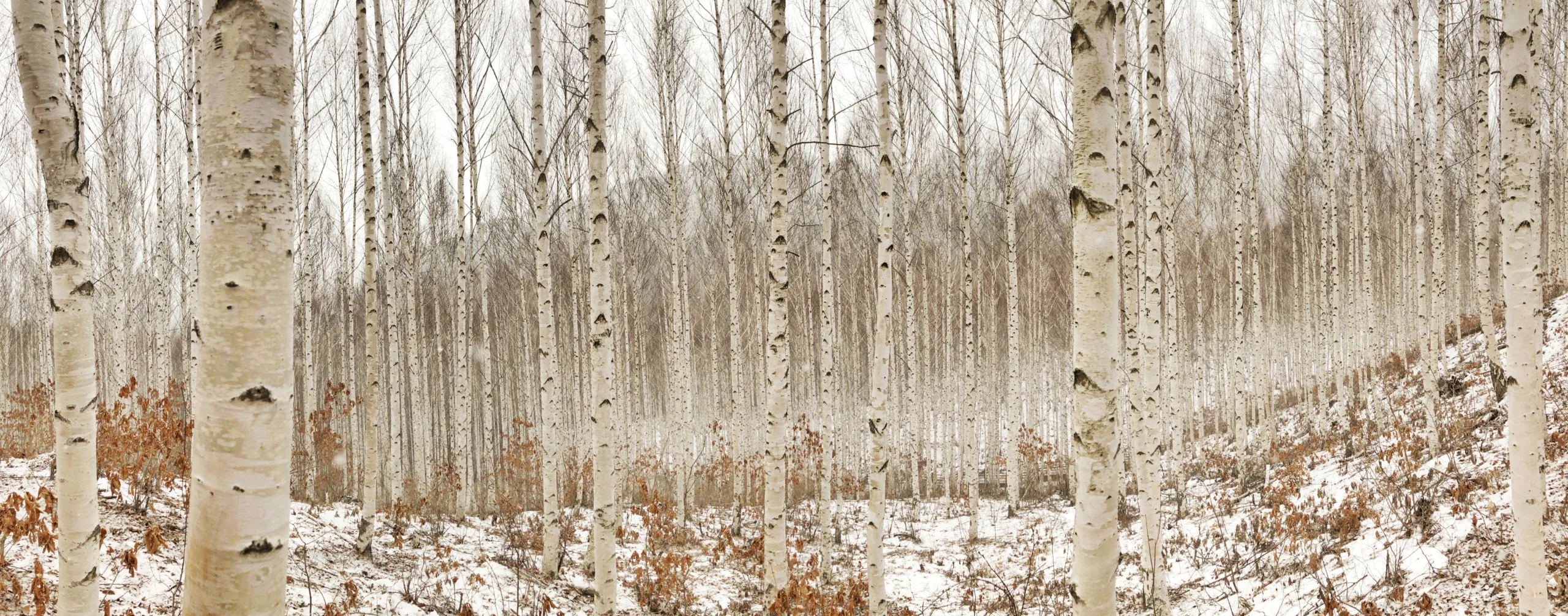Are you curious about the presence of birch trees in England?
Birch trees are a stunningly beautiful species of tree that can be found in many parts of the world, including England. In this article, we will discuss the types of birch tree species that are native to England and look at why they are so popular. We will also explore some of the challenges associated with growing and maintaining birch trees in England.
By the end of this article, you will have a better understanding of why birch trees are so popular in England, as well as how to care for them properly. So if you are interested in learning more about the presence and importance of birch trees in England, keep reading!
In England, there are a variety of tree types, including deciduous trees like oak and beech, evergreen trees like pine and yew, and fruit trees like apple and cherry. Other common tree species in England include ash, birch, elm, hawthorn, maple, sycamore, willow, and more.
Common Trees Found in England
England is home to a wide range of trees, from the native species that have been here for centuries to those that have been introduced from other parts of the world. Some of the most common trees found in England include oak, ash, birch, beech, elm, and hornbeam. Oak is one of the most iconic trees in England, with its strong trunk and dark bark. Ash is also a popular species due to its fast growth rate and ability to adapt to different environments. Birch trees are known for their distinctive white bark and are often used as a decorative feature in parks and gardens. Beech trees are recognisable by their smooth grey bark and beautiful leaves which change colour throughout the year. Elm trees are well-loved for their spreading crowns and wide branches which provide excellent shelter. Hornbeam can be found in woodlands around England where they provide excellent food sources for wildlife. These are just some of the many tree species which can be found in England’s countryside, making it a great place to explore and appreciate nature.
Where to Find Birch Trees in England
Birch trees are native to England and can be found in many areas of the country. They are a popular tree for landscaping, providing a picturesque backdrop to gardens and parks. They have striking white bark and delicate oval leaves that turn golden in autumn. Birch trees are also a valuable source of timber, with their fine-grained wood being used for furniture, flooring and other items.
Birch trees are particularly common in the south of England, with large areas of woodland populated by these iconic trees. The New Forest is one such area, where birch trees form a major part of the landscape. In fact, the New Forest is one of the most important habitats for birch trees in Europe. The ancient woodlands provide ideal conditions for birch trees to thrive, with an abundance of light and space allowing them to reach their full potential.
Another area where birch trees can be found is Northumberland National Park. This vast area of countryside contains some stunning landscapes, including rolling hills and lush forests. Here you will find plenty of birch trees amongst the other native species such as oak and ash. The park also has an extensive network of trails which provide excellent opportunities for exploring this unique environment.
The Lake District is another great place to spot birch trees in England. This beautiful region is home to some impressive stands of these majestic trees, as well as other native species such as willow and alder. There are a variety of walking routes through this stunning landscape which offer spectacular views of these ancient woods.
Finally, there are many places along the coast where you can find birch trees in England. These coastal areas tend to have more exposed conditions than inland areas do, but there are still some impressive stands that can be found here too. The Isle Of Wight is particularly famous for its abundance of birch trees which line many sections of its shoreline
Identification of Birch Trees
Birch trees are easily identifiable due to their white bark and saw-tooth shaped leaves. The bark of a birch tree is often used as a distinguishing feature when trying to identify it among other trees. It has a unique papery texture that peels away from the trunk in thin layers, giving it its characteristic look. The leaves of birch trees are also unique, having serrated edges and a pointed tip. They are typically oval in shape and may be anywhere from two to five inches in length.
In addition to the white bark and saw-tooth shaped leaves, birch trees can also be identified by their distinctive cone-like fruit clusters. These clusters have small nut-like seeds inside them, which can be eaten by birds or other animals. Another feature that can help with identification is the presence of small lenticels on the trunk, which are tiny pores that allow gas exchange between the tree and the atmosphere.
Birch trees can also be identified by their height; they typically reach heights of 20 to 70 feet tall. They are usually found growing in moist, well-drained soils in cool climates and full sun. Furthermore, they can tolerate some shade but will not do well in areas with poor drainage or high temperatures for extended periods of time.
Overall, birch trees are relatively easy to identify due to their distinctive white bark and saw-tooth shaped leaves as well as their cone-like fruit clusters and small lenticels on the trunk. Knowing these features will help you identify birch trees wherever you may find them!
How to Recognize Birch Trees
Birch trees are easily identifiable by their smooth, white bark, triangular-shaped leaves and drooping branches. These deciduous trees are native to the Northern Hemisphere and come in various shapes and sizes. In order to recognize a birch tree, look for the following characteristics:
Bark: The most unique feature of birch trees is their bark. It is usually white or silver in color with dark horizontal lines running along it. The bark of some species may have a pinkish hue or be covered in black spots.
Leaves: Birch tree leaves are thin, triangular-shaped, and serrated along the edges. They range from 1-4 inches in length and have a bright green color on top with a silvery-white underside.
Twigs: The twigs of birch trees are thin and flexible, with small buds that have dark scales at their tips.
Fruits: Birch trees produce small nuts called catkins that contain seeds inside them. These catkins can range from 1-2 inches in length and usually appear between April and May.
Shape: Most birch trees have an oval or conical crown shape with drooping branches that hang downwards towards the ground. They can grow up to 20-30 meters tall but can also be as short as 5 meters if pruned properly.
By looking for these characteristics, you will be able to easily recognize a birch tree wherever you go!

Characteristics of Birch Trees
Birch trees are some of the most popular trees found in North America, Europe and parts of Asia. They are easily recognizable due to their white bark which can be smooth or scaly depending on the species. Birch trees have a number of unique characteristics that make them stand out from other tree varieties.
Birch trees have a relatively shallow root system, allowing them to be planted in areas where other trees may not be able to survive. This makes them ideal for urban landscapes where space may be limited. Additionally, these trees are fast-growing and can reach heights of up to 70 feet in just a few short years.
Another characteristic that makes birch trees popular is their ability to tolerate cold temperatures. These trees can survive temperatures as low as -30 degrees Fahrenheit and still remain healthy. This makes them an ideal choice for landscaping in areas with cold winters.
In addition to their ability to withstand cold temperatures, birch trees are also known for their vibrant fall coloration. Depending on the species, these trees can range from yellow to orange and even deep reds or purples in the fall months. This makes them a great addition to any landscape that needs a splash of color during cooler months.
Birch trees are also popular due to their resilience in windy conditions. Their shallow root systems allow them to remain standing even during strong winds and storms, making them an excellent choice for areas prone to high winds or hurricanes.
Finally, birch trees have many uses beyond landscaping purposes such as woodworking and paper production due to their lightweight wood structure and ability to take dyes easily.
Similarities Between Other Tree Species and Birch Trees
Birch trees are a common sight in many parts of the world and can be identified by their distinctive white bark. While birch trees have some unique characteristics, they share many similarities with other tree species.
One similarity between birch trees and other tree species is their need for light. Like most trees, birch trees require sunlight for photosynthesis, so they can grow and thrive in areas with ample light.
Birch trees also need soil that is moist but well-drained to survive. The soil should contain nutrients such as nitrogen, phosphorus and potassium as well as organic matter to ensure proper growth. This is similar to other tree species which also require these elements for survival.
In terms of climate preferences, birch trees are quite adaptable and can grow in various conditions. They can tolerate cold temperatures as low as -50°F and prefer temperatures between 40°F to 80°F for optimal growth. This ability to cope with diverse climates is shared with many other tree species including pine, spruce and fir trees.
Like other tree species, birch trees are susceptible to certain pests and diseases including aphids, caterpillars, leaf miners and fungal diseases such as leaf spots or powdery mildew. Proper care should be taken to prevent infestations or infections from occurring by using insecticides or fungicides when necessary.
Overall, birch trees have many similarities to other tree species in terms of their needs for light, soil type, climate preferences and susceptibility to pests and diseases. By understanding these similarities, it is easier to ensure that your birch tree has the best chance of thriving in any environment.
Distinguishing Features of Birch Trees
Birch trees are a popular choice of tree for landscaping due to their attractive bark and foliage. They are also known for their hardiness and resistance to pests and diseases. Some of the distinguishing features of birch trees include their white bark, alternating leaf shape, and distinctive winter buds.
The white bark is one of the most recognizable features of birch trees. It is usually smooth, with horizontal markings that have a paper-like texture. This white bark can be seen on both the yellow and paper birch varieties.
Birch trees also have an alternating leaf shape, meaning that the leaves are arranged in a zigzag pattern along the twigs. This helps to provide protection from sunscald during hot summers or extreme cold weather in the winter months.
Finally, birch trees have distinctive winter buds that are often red or purple in color. These buds serve as a protective layer for the tree during the cold months and can help prevent damage from frost or snowfall.
Overall, birch trees are an excellent choice for landscaping due to their attractive bark, alternating leaf shape, and distinctive winter buds. They are also known for their hardiness and resistance to pests and diseases, making them a great addition to any garden or yard.

Conclusion
Birch trees are native to England and are commonly found in the countryside. They are a valuable part of the English landscape and provide important habitat for a variety of wildlife. Birch trees also have a number of other benefits, such as providing shelter from wind and rain, and offering shade in the summer months. Additionally, birch wood is an excellent source of fuel and can be used for a variety of purposes.
In conclusion, birch trees are an important part of the English landscape and provide numerous benefits to the environment. They help to create an attractive and diverse landscape, provide essential habitat for wildlife, offer protection from wind and rain, and their wood is a valuable resource that can be used for many purposes.

My interest in trees started when I first saw the giant sequoias in Yosemite.
I was a teenager then, and I remember thinking, “I need to learn more about this.”
That moment stuck with me.
A few years later, I went on to study forestry at Michigan Tech.
Since graduating, I’ve worked in a mix of hands-on tree care and community education.
I’ve spent over ten years helping people understand how to plant, maintain, and protect the trees in their neighborhoods.
I don’t see trees as just part of the landscape.
They are living things that make a real difference in our daily lives.
